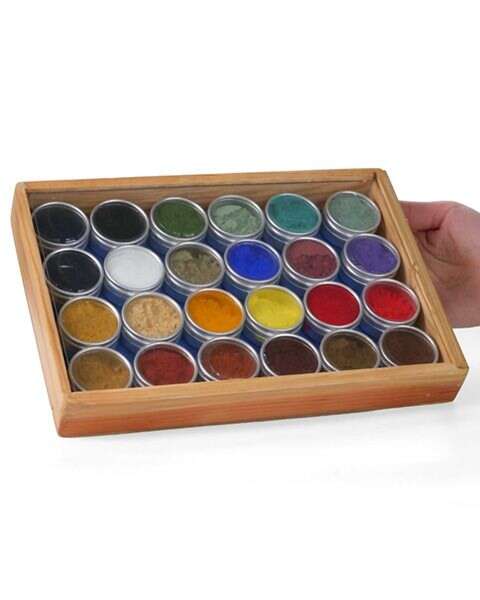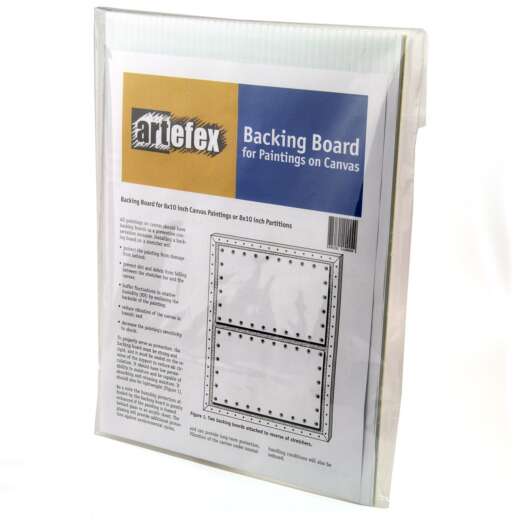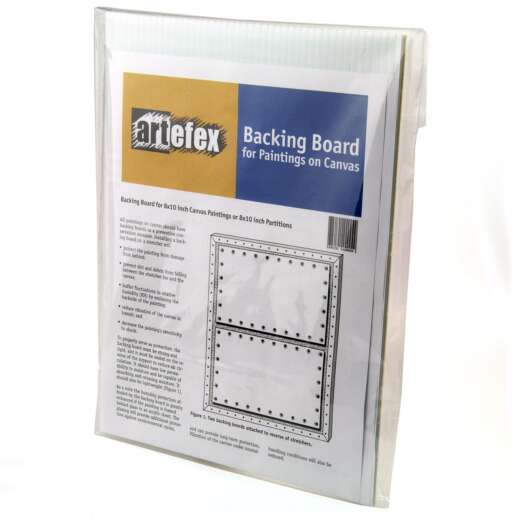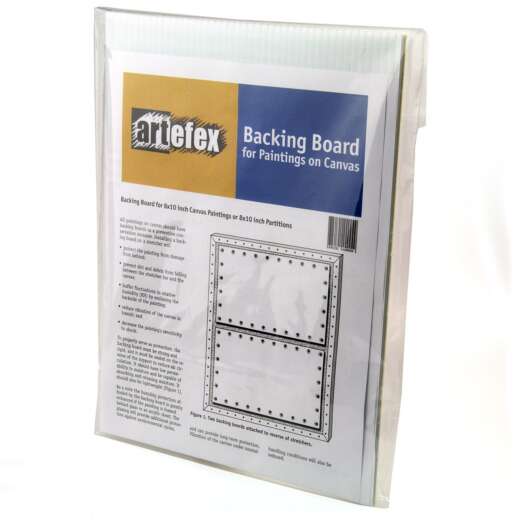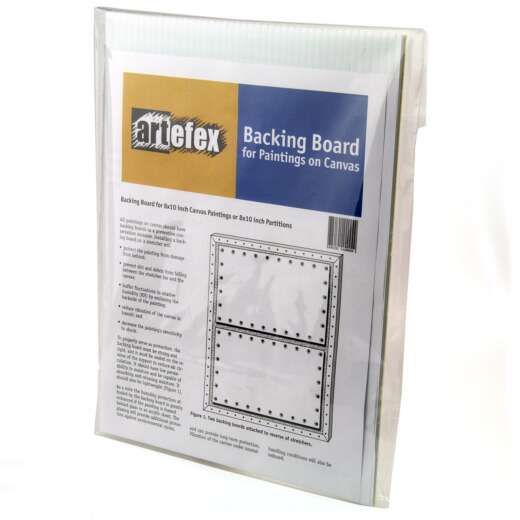The Kovcheg or Ark in Icon Panels

Fourth in our technical series on painting icons, this article discusses the kovcheg or ark—a recess in the surface of Russian icons—since the 10th century and their use in icon panels from the past to today.
Making a recess on the front surface of an icon panel is the last stage in the production of an icon board. This indentation is called a kovcheg (ковчег) in Russian iconography, literally meaning ark—a reference to the symbolism of the Ark of Noah and later the Ark of the Covenant in the Tabernacle and Solomon’s Temple at Jerusalem. Almost all ancient icons have a kovcheg. Its presence, shape, and depth, as many other special features of the icon board, make it possible to judge the time of its writing.
The depth of the kovcheg varies from 3 to 5 mm, and its shape usually corresponds to that of the icon board. The outside margin of the icon board surrounding the kovcheg is called the polya (поля) in Russian, while the angled edge separating the polya and the kovcheg is called luzga (лузга) or literally husk (See Fig. 1). Luzga average from 3 to 10 mm in width. Frequently, a line of a specific color, which made the passage from the polya to the kovcheg more distinctive, separated the luzga (See Fig. 1).
![]()
Fig. 1. Cross section of an icon panel with a single kovcheg.
Fig. 2. Cross section of an icon panel with a double kovcheg.
Sometimes icon boards were made with a wider lower margin or polya than the side and top margins; this was done especially if an inscription or image was painted in the polya. Sometimes the polya were gilded. Sometimes images were painted in the lateral polya of icon boards. Most frequently, this was done on the icons of the Mother of God, for example, on the icon of the Mother of God of Healing or Tselitel’nitsa (Целительница) (See Fig. 3).

Fig. 3. The icon of the Mother of God Healing, showing scenes painted in the lateral margins or polya.
Icons of the 14th and 15th centuries usually had narrow polya, and the aspect ratio of the icon board was frequently oblong. In the second half of the 16th century, icon boards began to acquire shapes close to that of a square with wide fields--about 5 cm (2 inches) on small icons. At this time, the dual kovcheg first appeared in icons of Old Rus (See Fig. 2). The upper surface of the margin outside the second polya was called rubchik (рубчик).
Since the end of the 17th century, many icons have been made without a kovcheg. In this case, polya were separated from the image by color. In the place of the luzga, a single (or sometimes double) line was drawn of another color (usually red), thus creating the illusion of a classical icon. However, in iconography, nothing is random; the disappearance of the kovcheg was undesirable from the viewpoint of the icon-painting canon.
In the 18th century, icons lost their colored margins. This was connected with the fact that icons began to be placed in baroque or rococo-style frames. Recently, when many lost traditions were revived, more and more icons are being made following the icon-painting canon.



